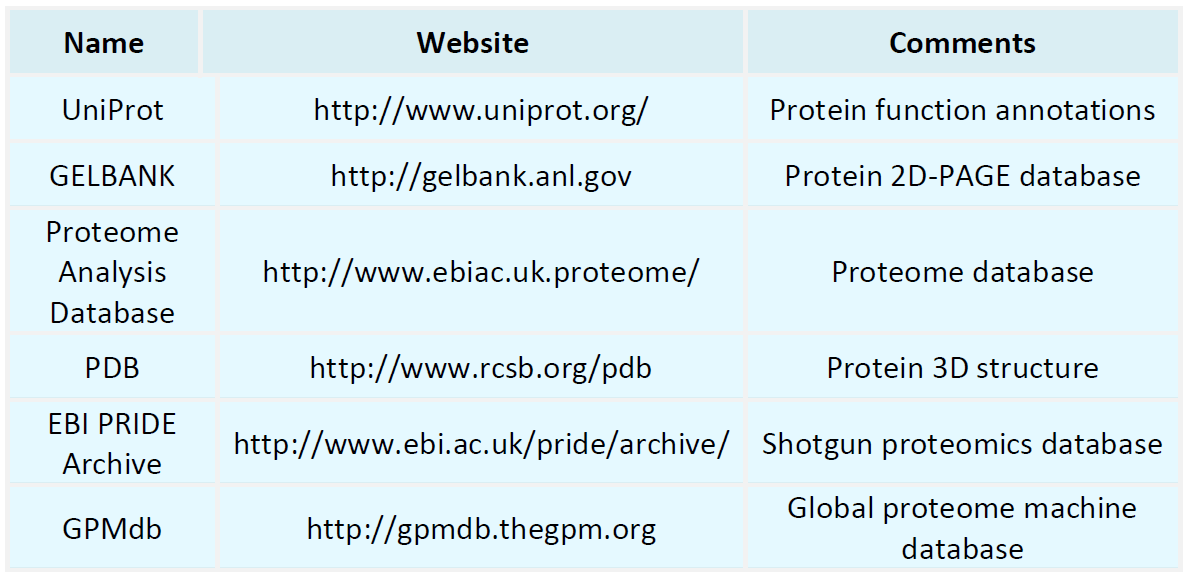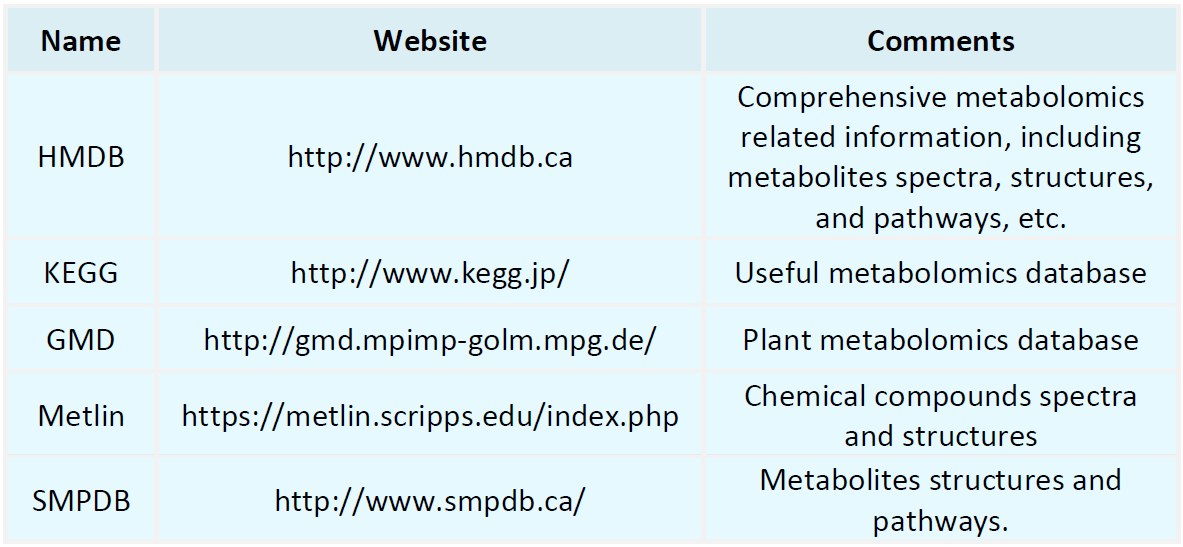Resources
Proteomics Databases

Metabolomics Databases

-
• Current Status and Future Trends in Single Cell Proteomics
In contemporary life science research, the ability to resolve molecular features at the single-cell level has become crucial for overcoming the challenges associated with studying cellular heterogeneity. Single-cell RNA sequencing (scRNA-seq) has been widely adopted in fields such as developmental biology, immunology, and oncology, revealing extensive intercellular transcriptional differences. However, mRNA levels cannot directly represent a cell’s functional state, as proteins serve as the primary ........
-
• Sample Preparation Protocol for Single Cell Protein Analysis
With the rapid advancement of single-cell omics, single-cell proteomics (SCP) has transitioned from method validation to large-scale applications, emerging as a core technology for elucidating cellular functional states, population heterogeneity, and microenvironmental interactions. SCP enables direct interrogation of cell states at the functional level, and its research significance has become increasingly evident in fields such as oncology, immunology, stem cell biology, and neuroscience. However, SCP....
-
• Advances in Single Cell Proteomics for Cancer Research
In the field of cancer research, molecular profiling technologies at the single-cell level are rapidly emerging as pivotal tools for advancing precision medicine. With the widespread adoption of single-cell RNA sequencing (scRNA-seq), our understanding of cellular heterogeneity and interactions within the tumor microenvironment has significantly deepened. However, proteins, as the primary effectors of cellular functions, exhibit intricate interdependencies among their expression levels, post-translational..
-
• Data Analysis Strategies and Toolkits for Single Cell Proteomics
Single Cell Proteomics (SCP) enables the investigation of protein expression, post-translational modifications, and functional states at the resolution of individual cells. With advances in mass spectrometry technologies, Single Cell Proteomics has emerged as a critical approach for elucidating cellular heterogeneity, molecular mechanisms, and potential disease biomarkers. Nevertheless, the intrinsic high dimensionality, sparsity, and heterogeneity of Single Cell Proteomics data pose significant .......
-
• Single-Cell Integration Analysis: From RNA-seq to Proteomics
In life sciences research, single-cell RNA sequencing (scRNA-seq) and single-cell proteomics represent two fundamental technologies for elucidating cellular heterogeneity, developmental trajectories, and disease mechanisms. While scRNA-seq captures transcriptomic profiles and proteomics quantifies protein abundance and functional states, each technique exhibits intrinsic limitations. To obtain a more comprehensive molecular landscape, researchers are increasingly adopting single-cell integration analysis...
-
• High-Throughput Single Cell Proteomics: Accelerating Systems Biology Research
Biological research has transitioned from conventional bulk-level analyses to a more refined single-cell resolution. Single-cell proteomics (SCP), as a powerful tool for investigating cellular heterogeneity, dynamic changes, and functional states, is advancing systems biology at an unprecedented pace. In particular, the advent of high-throughput single-cell proteomics not only overcomes longstanding technical bottlenecks in proteomics but also offers a novel perspective for elucidating complex biological...
-
• Challenges and Solutions in Single Cell Proteomics
Single-cell proteomics (SCP) has emerged as a significant advancement in the field of proteomics, offering a powerful tool to elucidate the diversity of biological systems, cellular functions, and disease mechanisms. Nevertheless, owing to the unique characteristics of single-cell samples, SCP continues to encounter a range of technical and operational obstacles. Addressing these challenges and enhancing data accuracy and reliability have become pressing priorities for both researchers and industry. MtoZ...
-
• Common Types and Functional Analysis of Post-Translational Modifications
Proteins are essential executors of biological functions. Most functional proteins must undergo a series of chemical modifications after translation—collectively known as post-translational modifications (PTMs)—to enable precise regulation of their three-dimensional structure, subcellular localization, and functional state. These modifications not only enhance the structural and functional diversity of proteins but also play indispensable roles in critical biological processes, including signal .......
-
In the context of cellular life processes, proteins often do not attain full functionality immediately after synthesis. Many require post-translational modifications (PTMs) to regulate their structural stability, subcellular localization, molecular interactions, and biological activity. PTMs have emerged as a critical area in modern life sciences, with broad applications in elucidating disease mechanisms, validating drug targets, and discovering biomarkers. Research Challenges in Post-translational ........
-
• Applications and Advantages of Mass Spectrometry in Single Cell Proteomics
Life sciences research is increasingly focusing on the single-cell level, with single-cell proteomics (SCP) emerging as a critical approach for elucidating cellular heterogeneity and dissecting complex biological processes. Although single-cell transcriptomics is widely applied, the lack of consistent correlation between mRNA abundance and protein expression underscores the importance of direct protein-level measurements for accurately capturing cellular functional states. Mass spectrometry (MS), as a .....
How to order?







